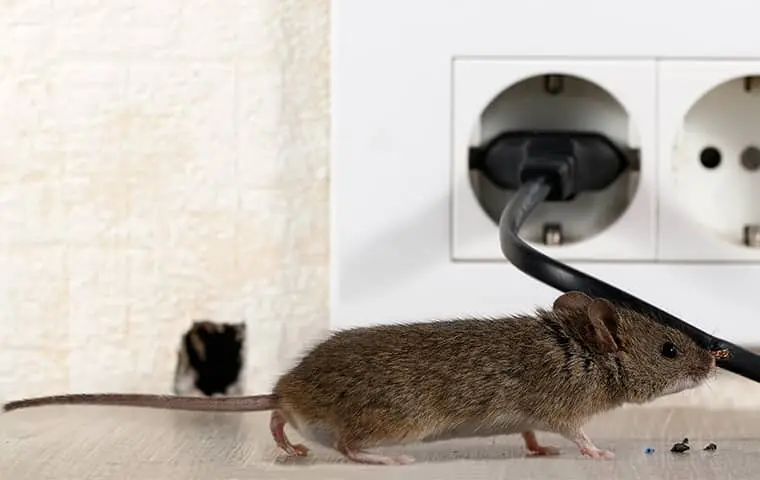Do electric sonic mouse repellents work? The anecdotal evidence that I’ve picked up from my customers over the years is mixed and inconclusive. The value of baits and traps can be measured by the presence of dead mice, but a repelled mouse is harder to prove. I decided to go to the internet to learn how these devices are supposed to work.

Looking at the various sonic mouse repellents that Amazon offers, they all seem to agree that the high-frequency noise that their products emit will induce distress in the mice, giving them little choice but to pack their bags and find a more hospitable habitation. This would be an environmentally friendly and humane way to take care of your mouse problem. But upon further googling, I find research that reports evidence that mice appear to grow accustomed to the noise in a short amount of time. It seems that if the mouse is only using your house as a place to build a nest then the noise may drive it out. But if your house is also a source of food and water then the unpleasant noise will only be considered a nuisance the mouse learns to live with.
But there is also another angle to consider. Even though the pulsating frequencies are too high in range for humans (about 23 kHz) what about pets? Another google search tells me that dogs can hear up to 45 kHz, and Cats 64 kHz. I look at the product descriptions on Amazon again and find that most of them don’t divulge the frequency that they use; but the ones that did averaged between 32 and 45 kHz, which is in the range of most cats and some dogs. Let’s look at the ranges of some other pets: guinea pig 50 kHz, rabbit 42 kHz, gerbil 60 kHz, porpoise 150 kHz; all within range (wouldn’t it be cool to have a pet porpoise!). But if you have a pet chicken 2 kHz, or a goldfish 3kHz, then they would be ok. It does appear that a mouse has a range of up to 91 kHz, so I would have to conclude that if you wanted to try out an electric sonic mouse repeller, and you wanted to keep from driving your pets insane, then try to find one that transmits above 64 kHz but less than 91 kHz. You might have to get rid of the porpoise, though.
Next blog entry, we’ll take a more in-depth look at the mice themselves and ways to get rid of them. We will also discuss some tips on keeping them out of your house in the first place. If you still have questions give our team a call to schedule your free inspection.
Until then, Bee Good!
– Scott





